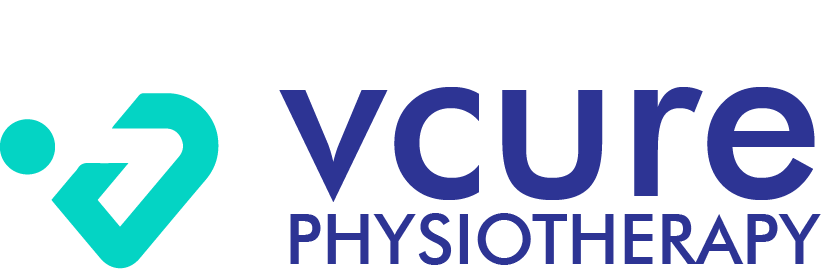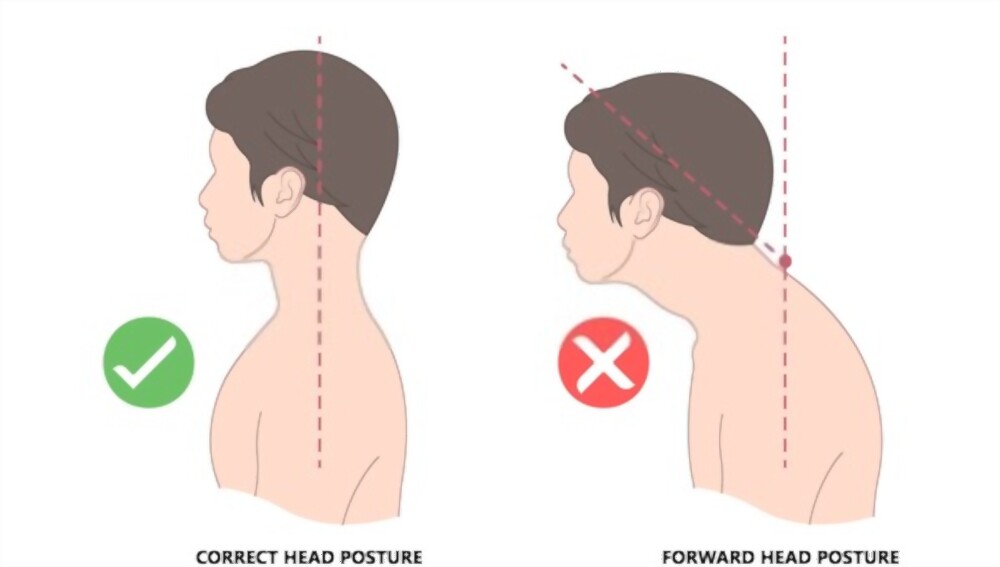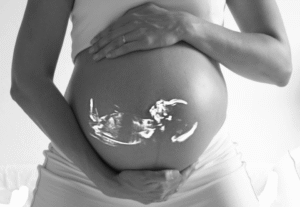Introduction-
Thoracic hyper kyphosis is one of the spinal deformities which is described as an excessive curvature of the thoracic spine.
Categories of thoracic hyper kyphosis-
Scheuermann’s Disease- it is the Juvenile form of hyperkyphosis. this includes a Defect of the vertebral body growth plate at the cortical level.
Postural Kyphosis- Most frequent form which occurs as a Result of poor posture and weakened muscles
Congenital Kyphosis- Bone defect detected at birth.
Age-related Hyperkyphosis- Kyphosis angle increases with age, resulting in age-related hyperkyphosis.
Spinal Anatomy
The thoracic spine has a natural kyphosis, which is 20-40 degrees in the sagittal plane.
Epidemiology-
- increases with age
- more in women
- common in individuals aged ≥60 years.
Biomechanical Factors –
- Higher spinal loads accelerate the degenerative process.
- Daily activities with poor posture
Characteristics/Clinical Presentation-
- Postural impairments
- Structural alignment impairments
- Appearance of a rounded back
- Thoracic back pain
- Respiratory compromise
- Restricted spinal range of motion
- Osteoporotic fractures may occur at a later stage in elderly
- Having difficulty with daily activities
Medical Management of Thoracic kyphosis-
Pharmacology- antiresorptive or bone-building medications
There are multiple surgical procedures -osteotomy, vertebroplasty, kyphopasty, etc
Osteoporosis: – kyphoplasty- this is a surgical procedure in which a balloon is inserted into the affected vertebra to restore its height
Physiotherapy Management of kyphosis-
Early stage Physiotherapy for thoracic hyperkyphosis, includes manual therapy, taping and brace.
Other treatment options are as follows-
- Thoracic spine mobilisation
- Self mobilisation
- Postural correction exercise
- Stretching exercises to maintain flexibility of tight muscles
- Strengthening exercises of weak muscles
- Spinal extension exercises
- Balance exercises
- Strengthening of the core musculature
- Spinal bracing and use of orthosis
- Pain management modalities
- Respiratory physiotherapy- breathing exercises and improving quality of life
- Preventing falls and fractures
Also read- https://vcurehealthcare.com/understanding-spinal-deformities-scoliosis/





